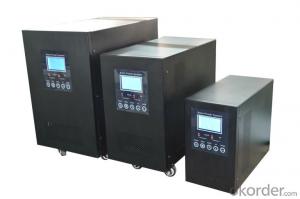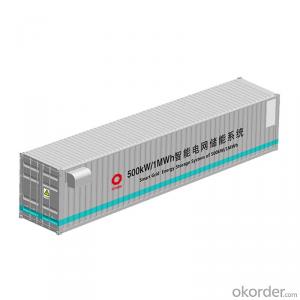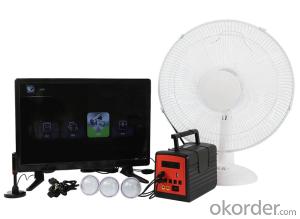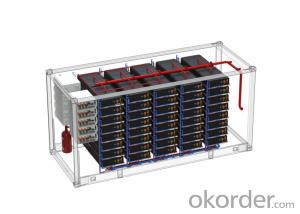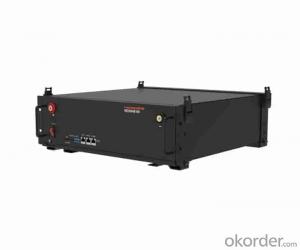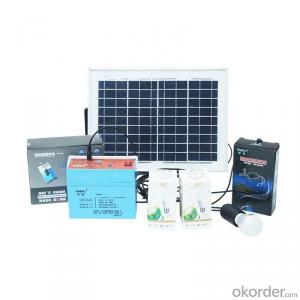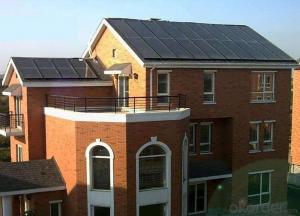Inverter Solar Generator
Inverter Solar Generator Related Searches
Ac Inverter For Solar Panels Solar Panel With Ac Inverter Gas Furnace With Ac Panda Hot Water Bottle Cover Minion Hot Water Bottle Cover Abb Solar Water Pump Inverter Solar Water Pump Philippines Extra Long Hot Water Bottle Solar Panel Dc To Ac Inverter Old Fashioned Hot Water BottleHot Searches
10 Kw Solar Inverter Price 10 Kva Solar Inverter Price 200 Watt Solar Inverter Price Solar Inverter Price Per Watt 500 Watt Solar Inverter Price Solar Inverter 500 Watt Price 1000 Watt Solar Inverter Price Solar Inverter 1000 Watt Price 800 Watt Solar Inverter Price 5000 Watt Solar Inverter Price 1600 Watt Solar Inverter Price Solar Inverter Best Company Solar Inverter Cover Stratco Solar Inverter Research Paper Solar Inverter Fire Risk Top Solar Inverter Companies Solar Edge Inverter Sizes Solar Inverter User Manual Tesla Solar Inverter Manual Solar Inverter Buy OnlineInverter Solar Generator Supplier & Manufacturer from China
Okorder.com is a professional Inverter Solar Generator supplier & manufacturer, offers integrated one-stop services including real-time quoting and online cargo tracking. We are funded by CNBM Group, a Fortune 500 enterprise and the largest Inverter Solar Generator firm in China.Hot Products
FAQ
- Certainly, research farms and agricultural laboratories can utilize solar energy systems to power their operations. Solar energy presents a clean and renewable power source that can be harnessed through the installation of solar panels. These panels convert sunlight into electricity, which can then be utilized to operate various equipment and facilities. The electricity needs of research farms and agricultural laboratories are often substantial, encompassing lighting, heating, cooling, and the operation of agricultural machinery. By making use of solar energy systems, these facilities can reduce their dependence on fossil fuels and diminish their carbon footprint. The installation of solar energy systems can occur on building rooftops or open land adjacent to the research farm or laboratory. The amount of solar energy generated is contingent on factors such as facility location, solar panel size, and sunlight exposure. Nonetheless, advancements in solar technology have made it possible for even areas with limited sunlight to benefit from solar energy systems. Apart from their environmental friendliness, solar energy systems can also yield long-term cost savings for research farms and agricultural laboratories. Once installed, solar panels have a lifespan of 25-30 years and require minimal maintenance. This translates to significant reductions in electricity bills, particularly in rural areas where grid connectivity may be unreliable or costly. Moreover, solar energy systems can provide a dependable power source, especially during peak demand periods or power outages. By incorporating battery storage systems, surplus energy generated during the day can be stored and utilized during nighttime or cloudy days, guaranteeing a continuous power supply for research activities. In summary, solar energy systems offer a feasible and sustainable solution for powering research farms and agricultural laboratories. They boast multiple advantages, including decreased environmental impact, long-term cost savings, and a reliable power supply. As the demand for renewable energy continues to surge, the integration of solar energy systems into agricultural facilities can contribute to a greener and more sustainable future.
- Installing solar panels can positively impact a building's resale value. Potential buyers are increasingly interested in energy-efficient features, and solar panels can significantly reduce electricity costs. Additionally, solar panels demonstrate a commitment to sustainability, which appeals to environmentally conscious buyers. Overall, the installation of solar panels can make a building more attractive, potentially leading to a higher resale value.
- Yes, solar energy systems can be used in areas with limited skilled labor. Solar energy systems are designed to be user-friendly and require minimal technical expertise for installation and maintenance. Additionally, there are various training programs and resources available that can help train local individuals in the installation and maintenance of solar energy systems, enabling them to acquire the necessary skills. This allows for the adoption of solar energy in areas with limited skilled labor, promoting renewable energy usage and providing economic opportunities for the local population.
- Yes, there are government grants and funding options available for solar energy systems. Many governments around the world offer financial incentives, such as grants, tax credits, and rebates, to encourage the adoption of solar energy. These programs aim to support the transition to clean and renewable energy sources, reduce greenhouse gas emissions, and promote sustainable development. Additionally, some governments provide low-interest loans or financing programs specifically tailored for solar projects. It is advisable to check with local government agencies or energy departments to obtain detailed information on the available grants and funding options in a specific region.
- There are potential limitations to installing a solar energy system in a homeowner's association (HOA). Although some HOAs have embraced renewable energy and implemented guidelines to facilitate solar installations, others may have restrictions or limitations. One possible limitation is the HOA's adherence to specific aesthetic guidelines or architectural standards. This means that the solar panels must be installed in a manner that aligns with the overall design and appearance of the community. In certain instances, this could result in limitations on the panels' size, location, or visibility. Another limitation is the impact on property values. While solar energy systems are generally viewed as a desirable feature, certain homeowners may have concerns regarding their effect on property values. Consequently, the HOA may require an approval process, including a review conducted by a committee or board, before permitting installation. Furthermore, limitations may exist related to the structural integrity of the property. The weight of solar panels can be substantial, and certain roofs or structures may not be able to handle the additional load. To ensure that the installation will not compromise the building's integrity, the HOA may demand a structural assessment or engineering report. Lastly, limitations may arise from legal and regulatory requirements. Depending on the jurisdiction, specific permits, licenses, or agreements may be necessary for solar installations. The HOA may be responsible for obtaining all required documentation and approvals, which can complicate and prolong the installation process. In summary, it is essential for homeowners to carefully review their specific HOA guidelines and engage in open communication with the association in order to understand any limitations or requirements that may be in effect.
- The tilt of solar panels affects their performance by maximizing the amount of sunlight they receive. Adjusting the tilt angle allows panels to capture more sunlight at different times of the day and throughout the year, optimizing energy production.
- Yes, solar energy systems can be used to power electric plane systems. In fact, the idea of using solar power for aviation has gained significant traction in recent years. Solar panels can be installed on the wings and fuselage of an aircraft to capture sunlight and convert it into electricity. This electricity can then be used to power the plane's systems, such as navigation, communication, lighting, and auxiliary power units. While it is currently not feasible to solely rely on solar power for the main propulsion of a commercial plane due to the limited energy density of solar panels, solar energy can still play a valuable role in reducing the overall energy consumption of an aircraft. By utilizing solar power for auxiliary systems, electric planes can significantly reduce their reliance on traditional fossil fuel-based power sources. Solar-powered electric planes have already shown promising results in various experimental and small-scale projects. For instance, Solar Impulse 2, a solar-powered aircraft, completed a round-the-world journey in 2016, demonstrating the potential of solar energy in aviation. Additionally, NASA has been actively exploring the application of solar energy in their electric aircraft research. However, there are still challenges to overcome in order to fully integrate solar energy systems into commercial aviation. The efficiency and weight of solar panels need to be improved to generate sufficient power for larger aircraft. Additionally, advanced energy storage technologies must be developed to store excess solar energy for use during low-sunlight conditions or nighttime flights. Despite these challenges, the potential benefits of using solar energy in aviation are significant. Solar-powered electric planes have the potential to reduce carbon emissions and dependence on fossil fuels, leading to a more sustainable and eco-friendly aviation industry. As technology continues to advance, the integration of solar energy systems into electric plane systems will likely become more feasible and widespread.
- The amount of energy a solar energy system can generate depends on various factors such as the size and efficiency of the system, the amount of sunlight available, and the location of the system. On average, a well-designed solar energy system can generate enough electricity to power a significant portion of a household's energy needs. However, larger systems or those installed in areas with abundant sunlight can generate even more energy, potentially allowing for surplus energy to be fed back into the grid.





